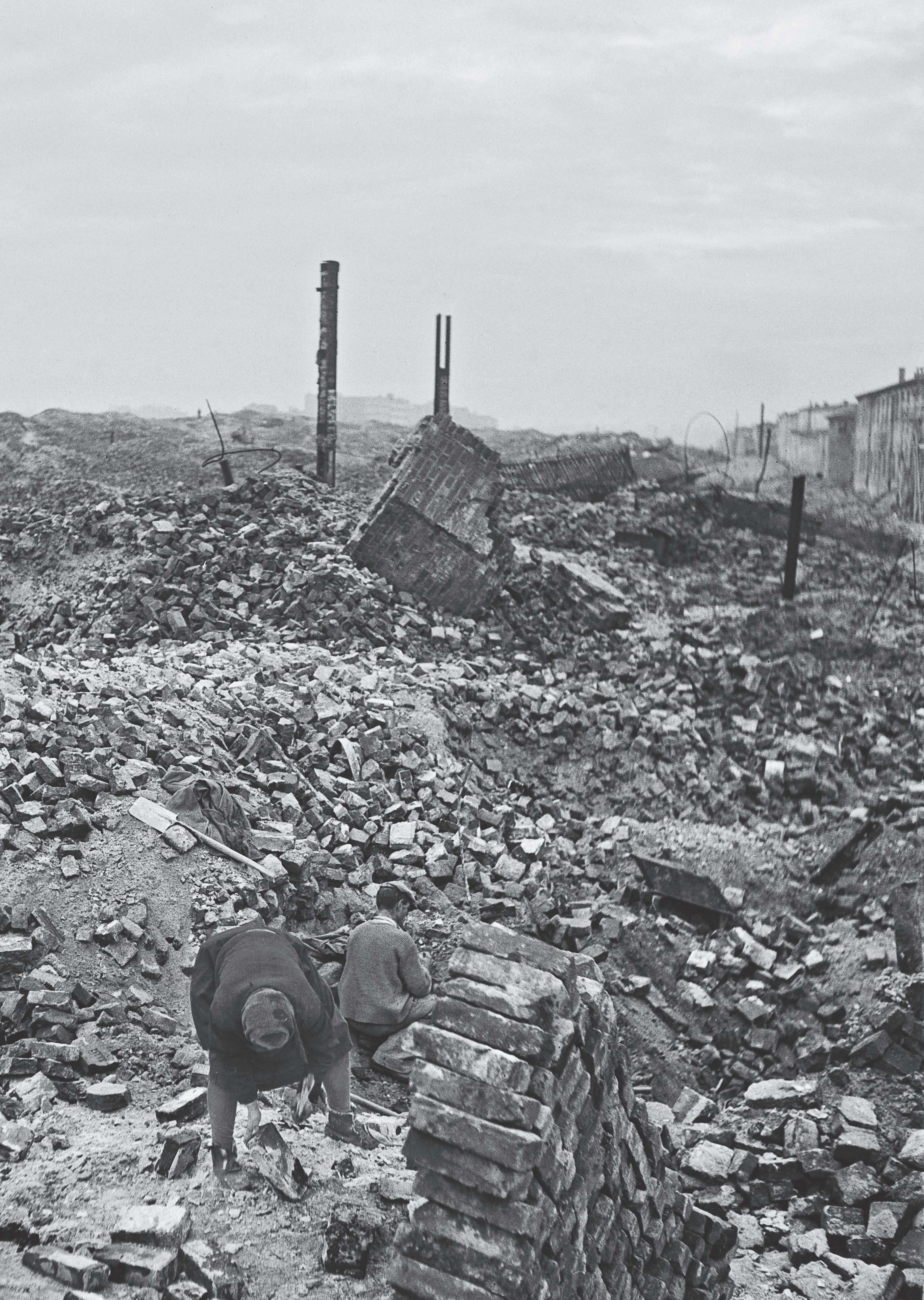Exhibiting the History of Violence
historical sources tell us about this history? And can in dividual suffering and mass murder be depicted in a museum at all?
On the Musealisation of the German Occupation in the Second World War Jens-Christian Wagner
Finding the courage to fashion a narrative without degrad ing objects as original historical sources or prescribing a particular interpretation of history – that is the challenge that all museums face when they present a disputed topic in the politics of memory and are required to provide academ ically sound historical education and to commemorate the victims. One such topic is the German occupation of Europe in the Second World War. The use of critical source analysis in presentations of photos and autobiographical documents can offer a viable approach. During the Second World War, Nazi Germany, sup ported by its allies, established an unprecedented reign of violence in Europe from the Atlantic to the Black Sea. Nearly 300 million people in the occupied territories were subject to the murderous Nazi plan to introduce a racist New Order in Europe. Nearly 20 million civilians in the annexed and occupied territories did not survive the war, including the Jews, Sinti, and Roma who were shot to death or gassed, the Slavs in Eastern and South-Eastern Europe who died of hunger or were con scripted into forced labour and deported, and the peo ple in almost all European countries who were executed as resistance fighters or hostages or sent to concentra tion camps. In October 2020, more than 75 years after the end of the war, the German Bundestag decided to open a new documentation centre for the victims of the occu pation regime. Its mission is to provide a comprehen sive account of the crimes. But how can such a history of violence be presented? What can museum objects as
3
Life in the territories occupied or controlled by Nazi Germany varied greatly, depending on the form of oc cupation, the phase of the war, and the region. Consist ent with their racial ideology, the German occupation forces in Eastern and South-Eastern Europe treated the population with greater brutality than those in Western and Northern Europe. The life of a factory worker in the Reichskommissariat Ukraine, for example, differed fun damentally from that of a farmer in occupied Norway, where a puppet government ruled under German con trol. In Poland and the occupied territories of the Soviet Union, several million people were conscripted into forced labour and deported to Germany. In Greece, on the other hand, which also suffered under a brutal occupation regime, such deportations were largely un known – with the exception of the Jewish population, especially in Salonika, who were deported to A usschwitz and murdered there. Finally, in France, men were ini tially recruited to work in Germany on a more or less voluntary basis. Only when they arrived did they learn that they were not permitted to return. Every exhibition on the occupation regime must highlight these differences and at the same time take pains not to trivialise the suffering of the majority of people in Western Europe who did not live in constant fear of their lives. It must do so against the backdrop of the Shoah and the systematic starvation of the Slavic population in the East. These dictates apply particularly to the important topic of everyday life under the occu pation. What other topics should be examined? A key ex perience for all people in the occupied territories was the German invasion itself, often accompanied by mili tary violence, “cleansing” operations, and direct threats to civilian life. Invasion was followed by the establish ment of a military or civilian occupation administration whose power was based on the German system of re pression and the collaboration of local organisations. Even people who were not victims of raids, arrests, tor ture, or murder suffered under the occupation because of the hunger and the constant fear of being separated from family members or friends, who were deported to camps in Germany or were conscripted into forced labour. Another important topic, alongside collabor ation, is resistance to the German occupation. There was individual and organised resistance in all of the oc cupied countries, ranging from support for persecuted persons and fugitives to strikes, sabotage, and armed underground resistance. It often culminated in regional
Exhibiting the History of Violence
Which Objects, Which Topics?


